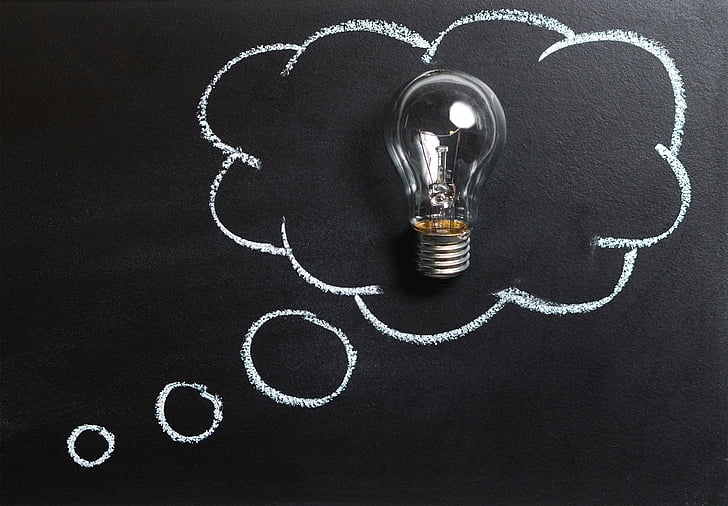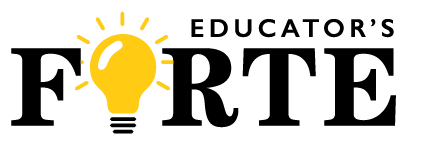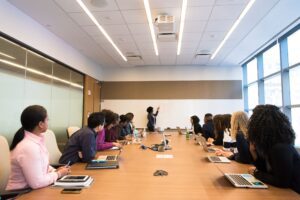Designing Better Teacher Training Series
Too often, teacher training means cramming as many PowerPoint slides with as many bullet points as possible in the small amount of time that is allotted to train teachers. At best, teachers leave the training session feeling mildly enlightened, and at worst, they leave with no retention at all. If we want to truly support teachers in their development, we must design better training experiences.
In this series, we’ll highlight aspects of training design that focus on how we get our adult brains to pay attention to, remember, and successfully use new knowledge and skills. In this first installment, we explore strategies to enhance training goals focused on learning new concepts.
Connecting Familiarity to Improve Memorability
To make training content more memorable, it is enormously helpful to establish connections with learners’ existing knowledge. By relating new concepts to familiar experiences and analogies, teachers can bridge the gap between the known and the unknown, making information more memorable and more accessible.
For example, when providing training to teachers on the structure of new learning standards for math, you might obviously compare the structure of new standards with old standards. But you could also relate the structure to a map of the United States:
- Domains = Regions (Northeast, Midwest, Southeast, Pacific Northwest, etc.)
- Clusters = States within a specific region
- Standards = Major cities within each region
- Standards for Mathematical Practice = Interstate Highways that span across many cities, states, and regions.
Helping teachers connect new concepts to similar information and to a familiar structure will help them to not only store new information in their brain but also aid them in recalling it more easily and more accurately later.

Challenging Misconceptions
One of the obstacles in effective training is addressing learners who believe they already know the content being taught. By challenging these misconceptions and encouraging active engagement, trainers can help learners understand and remember the material more effectively. This process prompts learners to reconcile new knowledge with pre-existing knowledge and misconceptions, fostering a deeper understanding of the subject matter.
For instance, a common misconception amongst many teachers is that good readers use context clues to figure out the meaning of unfamiliar words while they are reading, when in fact evidence shows us that good readers don’t stop to analyze context clues when they encounter an unfamiliar word. If this was the topic of training, the training design might call for teachers to examine the origins of this idea and how it became incorrectly associated as a characteristic of good readers. Participants might then delve into reliable research that shows that while using context clues is an effective strategy for learning new vocabulary, it’s not a strategy that fluent readers often use. Trainers might even engage teachers in activities where they are forced to used context clues while reading a challenging piece of unfamiliar text (for instance, an article from the medical field or a technical article) and then evaluate both their fluency in reading and their conceptual understanding of the article to highlight the inefficiency of this strategy when focusing on building reading fluency and comprehension.
Activities like this challenge pre-existing misconceptions and foster a deeper understanding of new subject matter. They also create a little cognitive friction…

Creating Cognitive Friction
Introducing friction in the learning process forces learners to pay attention and actively engage with the content, enhancing their ability to remember it later. By designing training activities that require critical thinking, we create cognitive friction for learners.
Cognitive friction is the deliberate introduction of challenges, difficulties, or obstacles in the learning process to promote deeper engagement, active processing, and improved retention of new concepts. The training design requires a level of cognitive effort that goes beyond simple passive absorption of information, encouraging learners to actively grapple with the content. Creating cognitive friction has the added benefit of helping learners become more aware of what they do not know or understand fully. This awareness prompts them to seek clarification, engage in self-reflection, and actively reconcile their misconceptions. One caution with this approach: while too little friction may result in superficial learning, too much may lead to frustration and disengagement. Striking the right balance is important.

Leveraging Social Interactions
Interpersonal interactions in training settings can provide valuable opportunities for learners to process new information more effectively. Group discussions, collaborative projects, and peer-to-peer feedback foster active engagement, deepen understanding, and promote knowledge retention.
- Socratic Seminars: Engage teachers in structured discussions around specific topics, challenging ideas and deepening understanding.
- Case Study Analysis: Assign teachers to groups to analyze real-world scenarios, discuss solutions, and consider implications for their teaching practice.
- Inquiry-Based Research Project: Assign teams to investigate specific concepts using inquiry-based methods, culminating in presentations.
- Lesson Plan Review: Exchange lesson plans for review and feedback on elements related to the training goal (e.g. standards alignment assessment methods or assessment strategies).
Encouraging learners to share insights, question one another, and engage in meaningful dialogue can create a meaningful and effective learning experience. Instead of overwhelming teachers with a vast amount of information in a single session, break the content into smaller, manageable chunks, and use the available time instead for more interactive and more effective learning strategies. Avoid the mile wide and inch deep approach and you’ll get better results from your training efforts.
The ideas presented here are a good start to help improve training effectiveness for teachers in your school or district. As you begin planning for formal training sessions in the coming school year, consider learning more about how our brains process, retain, and recall new knowledge so that you can design more effective learning opportunities for your teachers.
In our next installment in this series, we’ll take a look at effective training design to help teachers develop new skills and processes.

